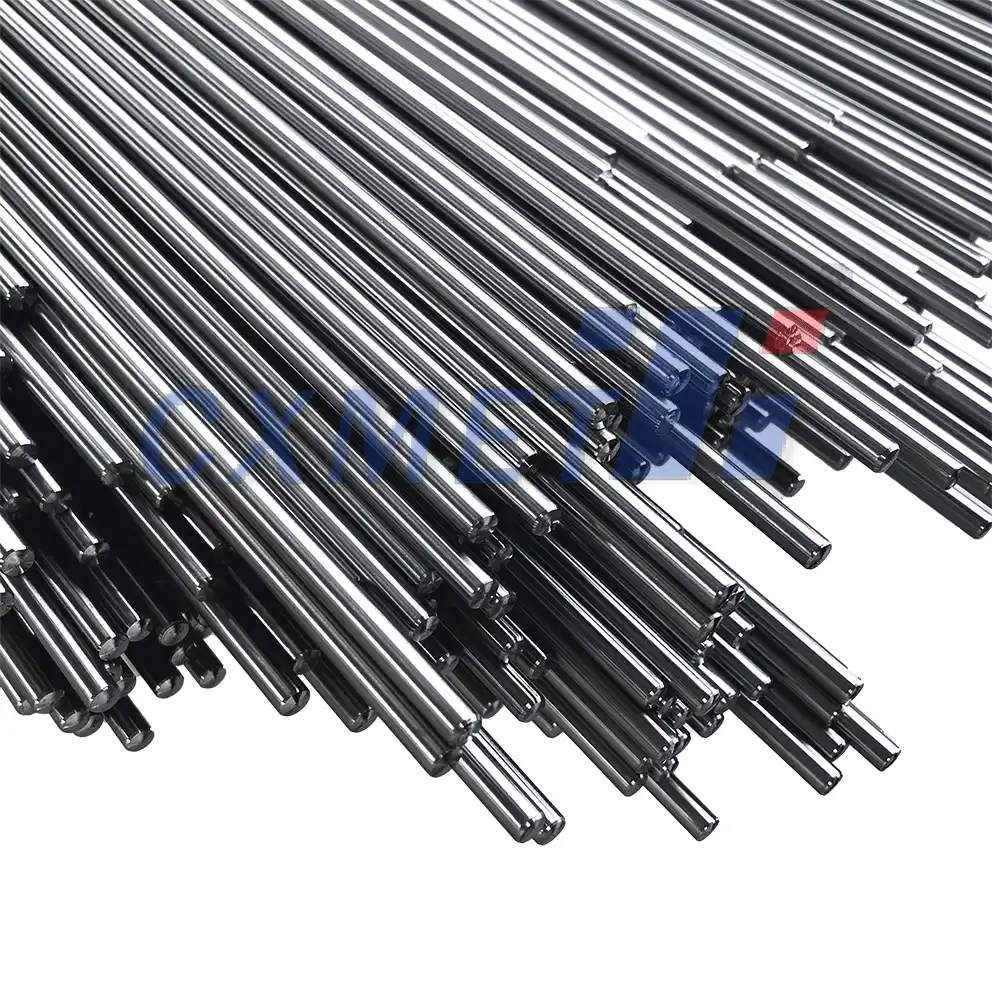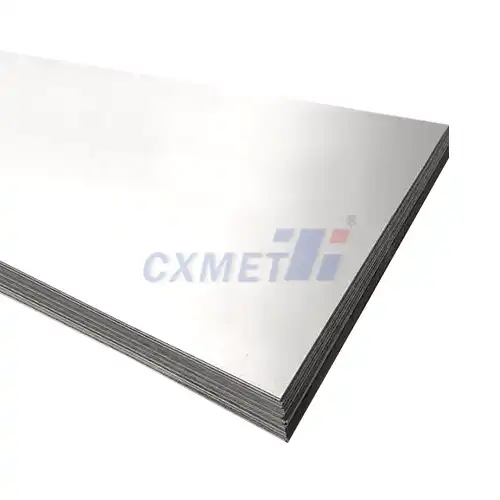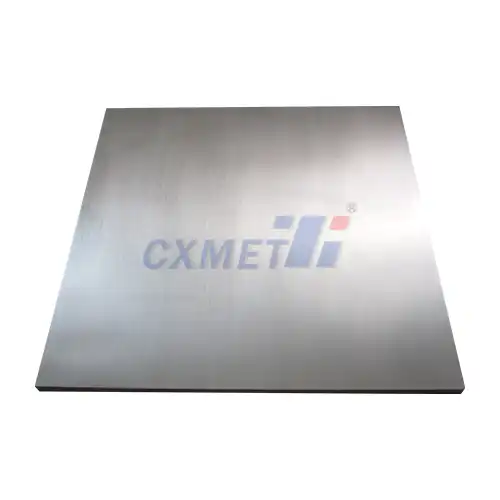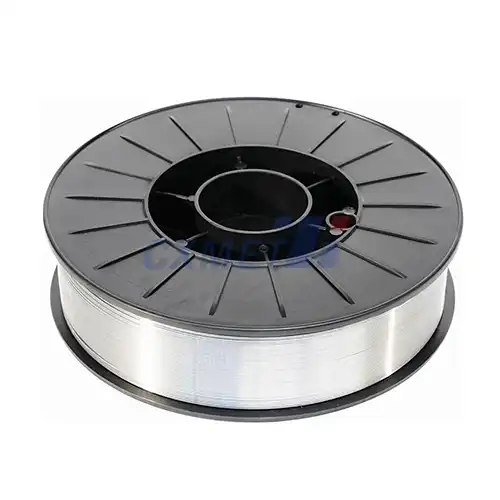- English
- French
- German
- Portuguese
- Spanish
- Russian
- Japanese
- Korean
- Arabic
- Greek
- German
- Turkish
- Italian
- Danish
- Romanian
- Indonesian
- Czech
- Afrikaans
- Swedish
- Polish
- Basque
- Catalan
- Esperanto
- Hindi
- Lao
- Albanian
- Amharic
- Armenian
- Azerbaijani
- Belarusian
- Bengali
- Bosnian
- Bulgarian
- Cebuano
- Chichewa
- Corsican
- Croatian
- Dutch
- Estonian
- Filipino
- Finnish
- Frisian
- Galician
- Georgian
- Gujarati
- Haitian
- Hausa
- Hawaiian
- Hebrew
- Hmong
- Hungarian
- Icelandic
- Igbo
- Javanese
- Kannada
- Kazakh
- Khmer
- Kurdish
- Kyrgyz
- Latin
- Latvian
- Lithuanian
- Luxembou..
- Macedonian
- Malagasy
- Malay
- Malayalam
- Maltese
- Maori
- Marathi
- Mongolian
- Burmese
- Nepali
- Norwegian
- Pashto
- Persian
- Punjabi
- Serbian
- Sesotho
- Sinhala
- Slovak
- Slovenian
- Somali
- Samoan
- Scots Gaelic
- Shona
- Sindhi
- Sundanese
- Swahili
- Tajik
- Tamil
- Telugu
- Thai
- Ukrainian
- Urdu
- Uzbek
- Vietnamese
- Welsh
- Xhosa
- Yiddish
- Yoruba
- Zulu
How is the Texture of Ti-3Al-2.5V Alloy Tube Affected During Rolling?
2024-10-09 17:52:15
The texture of Ti-3Al-2.5V alloy tubes is a critical factor that significantly influences their mechanical properties and overall performance in various applications. During the rolling process, the crystallographic orientation of the grains within the alloy undergoes substantial changes, leading to the development of specific textures. Understanding how rolling affects the texture of Ti-3Al-2.5V alloy tubes is crucial for optimizing their production and ensuring they meet the demanding requirements of industries such as aerospace, medical, and chemical processing.
What are the key factors influencing the texture evolution of Ti-3Al-2.5V alloy tubes during rolling?
The texture evolution of Ti-3Al-2.5V alloy tubes during rolling is a complex process influenced by several key factors. These factors play a crucial role in determining the final texture and, consequently, the mechanical properties of the rolled tubes.
One of the primary factors affecting texture evolution is the initial microstructure of the alloy. Ti-3Al-2.5V typically has an α+β microstructure, with the α phase being hexagonal close-packed (HCP) and the β phase being body-centered cubic (BCC). The relative proportions and distribution of these phases, as well as their initial crystallographic orientations, significantly impact how the texture develops during rolling.
The rolling temperature is another critical factor. Ti-3Al-2.5V alloy tubes can be rolled at various temperatures, ranging from room temperature (cold rolling) to elevated temperatures (warm or hot rolling). The temperature affects the deformation mechanisms active during rolling, which in turn influence the texture evolution. At higher temperatures, dynamic recovery and recrystallization processes can occur, leading to different texture components compared to cold rolling.
The degree of deformation, often expressed as the reduction ratio, also plays a vital role in texture development. As the reduction ratio increases, the grains within the alloy undergo more severe plastic deformation, leading to pronounced texture changes. The relationship between the reduction ratio and texture evolution is not always linear, and there may be critical thresholds where significant texture transitions occur.
Rolling schedule and pass design are additional factors that can influence texture evolution. The number of passes, the reduction per pass, and the time between passes can all affect the final texture. For example, a rolling schedule with smaller reductions per pass but more total passes may result in a different texture compared to a schedule with fewer passes but larger reductions.
The initial texture of the material before rolling also has a significant impact on the final texture. If the starting material has a strong preferred orientation, this can persist or evolve in specific ways during rolling, depending on the other processing parameters.
Lastly, the presence of alloying elements and their distribution within the microstructure can affect texture evolution. In Ti-3Al-2.5V, the aluminum and vanadium content influences the stability of the α and β phases, which in turn affects how these phases deform and reorient during rolling.
Understanding and controlling these factors allows manufacturers to tailor the texture of Ti-3Al-2.5V alloy tubes to meet specific performance requirements. For instance, certain texture components may be desirable for improving strength in specific directions or enhancing resistance to specific deformation modes.
How does the rolling process affect the mechanical properties of Ti-3Al-2.5V alloy tubes?
The rolling process has a profound impact on the mechanical properties of Ti-3Al-2.5V alloy tubes, primarily through its effects on microstructure and texture. These changes in material characteristics directly translate to alterations in mechanical behavior, making the rolling process a crucial step in achieving desired performance metrics.
One of the most significant effects of rolling on Ti-3Al-2.5V alloy tubes is the increase in strength. As the material is rolled, the grains are elongated and flattened, leading to a reduction in grain size. This grain refinement contributes to strengthening through the Hall-Petch effect, where smaller grains result in more grain boundaries that act as barriers to dislocation movement. Consequently, both yield strength and ultimate tensile strength typically increase with rolling.
The work hardening that occurs during rolling also plays a role in strength enhancement. As the material is deformed, dislocations multiply and interact, creating a more complex dislocation network that further resists plastic deformation. This effect is particularly pronounced in cold rolling, where the lack of dynamic recovery processes leads to a higher dislocation density.
However, the increase in strength is often accompanied by a decrease in ductility. The same mechanisms that enhance strength – grain refinement and work hardening – can reduce the material's ability to undergo plastic deformation before failure. This trade-off between strength and ductility is a key consideration in designing rolling processes for Ti-3Al-2.5V alloy tubes.
The texture developed during rolling also significantly influences the anisotropy of mechanical properties. The preferred orientation of grains can lead to directional differences in strength, elasticity, and ductility. For example, a strong basal texture in the α phase can result in higher strength in the rolling direction but potentially lower ductility in the transverse direction.
Fatigue properties of Ti-3Al-2.5V alloy tubes are also affected by the rolling process. The texture and microstructure developed during rolling can influence crack initiation and propagation behavior. Generally, a finer grain structure and certain texture components can enhance fatigue resistance by providing more obstacles to crack growth.
The rolling process can also impact the alloy's resistance to stress corrosion cracking (SCC). The texture and residual stresses introduced during rolling can affect the material's susceptibility to SCC in corrosive environments. Proper control of the rolling parameters can help optimize SCC resistance while maintaining other desired mechanical properties.
It's important to note that the effects of rolling on mechanical properties are not always uniform throughout the tube wall thickness. The strain distribution during rolling can lead to variations in texture and microstructure from the outer surface to the inner core of the tube. This can result in a gradient of mechanical properties across the tube wall, which must be considered in design and application.
Post-rolling heat treatments are often employed to further tailor the mechanical properties of Ti-3Al-2.5V alloy tubes. These treatments can help relieve residual stresses, promote recrystallization, or adjust the phase balance to achieve an optimal combination of strength, ductility, and other properties.
What are the best practices for controlling texture during the rolling of Ti-3Al-2.5V alloy tubes?
Controlling texture during the rolling of Ti-3Al-2.5V alloy tubes is crucial for achieving desired mechanical properties and performance characteristics. Several best practices have been developed through research and industrial experience to optimize texture control during the rolling process.
One of the primary considerations in texture control is the careful selection of rolling temperature. Hot rolling, typically performed above the β transus temperature, can lead to a more random texture due to dynamic recrystallization. This can be beneficial when a more isotropic property distribution is desired. However, hot rolling may result in larger grain sizes, which can negatively impact some mechanical properties. Warm rolling, performed below the β transus but at elevated temperatures, often provides a good balance between texture control and grain size refinement.
The rolling schedule is another critical factor in texture control. Implementing a multi-pass rolling strategy with carefully planned reduction ratios per pass can help achieve a more desirable texture. Smaller reductions per pass, combined with intermediate annealing steps, can promote more uniform deformation and help control the development of strong texture components. This approach allows for better management of work hardening and provides opportunities for partial recrystallization between passes.
Cross-rolling techniques, where the rolling direction is changed between passes, can be effective in producing a more balanced texture. This method helps to distribute the strain more evenly and can reduce the intensity of certain undesirable texture components. However, cross-rolling must be carefully implemented to avoid introducing unwanted residual stresses or shape defects in the final product.
Controlling the initial texture of the starting material is also crucial. The texture of the input stock can have a significant influence on the final texture after rolling. Therefore, careful selection and preparation of the starting material, including any pre-rolling heat treatments, can help steer the texture evolution in the desired direction during subsequent rolling operations.
The use of asymmetric rolling techniques has shown promise in texture control for Ti-3Al-2.5V alloy tubes. This method involves using rolls with different diameters or speeds, which introduces an additional shear component during deformation. The shear strain can help break up strong textures and promote the formation of more favorable orientations.
Implementing online texture measurement techniques during the rolling process can provide valuable real-time data for texture control. Advanced methods such as neutron diffraction or high-energy X-ray diffraction can offer insights into texture evolution as it occurs, allowing for immediate adjustments to the rolling parameters if necessary.
Post-rolling heat treatments are often employed as a final step in texture control. These treatments can help relieve residual stresses, promote selective grain growth, or adjust phase proportions, all of which can influence the final texture. Carefully designed annealing treatments can help optimize the balance between texture, grain size, and phase distribution to achieve the desired mechanical properties.
The use of simulation tools and predictive models has become increasingly important in texture control. Advanced computational methods, such as crystal plasticity finite element modeling, can help predict texture evolution under different rolling conditions. These tools allow for virtual experimentation with various processing parameters, reducing the need for costly trial-and-error approaches in actual production.
Maintaining strict control over the chemical composition of the alloy is also crucial for texture control. Small variations in alloying elements can affect phase stability and deformation behavior, which in turn influence texture development. Regular compositional analysis and tight control of raw material sources are essential practices.
Finally, implementing robust quality control measures throughout the rolling process is vital for consistent texture control. This includes regular monitoring of rolling parameters such as temperature, speed, and reduction ratios, as well as frequent sampling for microstructural and texture analysis. Establishing clear correlations between processing parameters, resulting textures, and final mechanical properties allows for continuous improvement of the rolling process.
Conclusion
The texture of Ti-3Al-2.5V alloy tubes is profoundly affected by the rolling process, with significant implications for their mechanical properties and overall performance. By understanding the key factors influencing texture evolution, the effects on mechanical properties, and implementing best practices for texture control, manufacturers can optimize the production of these high-performance alloy tubes. As research in this field continues to advance, new techniques and technologies are likely to emerge, further refining our ability to tailor the texture and properties of Ti-3Al-2.5V alloy tubes to meet the ever-increasing demands of various industries.
At SHAANXI CXMET TECHNOLOGY CO., LTD, we take pride in our extensive product range, which caters to diverse customer needs. Our company is equipped with outstanding production and processing capabilities, ensuring the high quality and precision of our products. We are committed to innovation and continuously strive to develop new products, keeping us at the forefront of our industry. With leading technological development capabilities, we are able to adapt and evolve in a rapidly changing market. Furthermore, we offer customized solutions to meet the specific requirements of our clients. If you are interested in our products or wish to learn more about the intricate details of our offerings, please do not hesitate to contact us at sales@cxmet.com. Our team is always ready to assist you.
References:
1. Zhu, Y., et al. (2021). "Texture evolution and mechanical properties of Ti-3Al-2.5V alloy tubes during pilgering process." Materials Science and Engineering: A, 799, 140154.
2. Semiatin, S.L., et al. (2020). "Microstructure and texture evolution during the hot working of Ti-3Al-2.5V." Metallurgical and Materials Transactions A, 51(5), 2310-2326.
3. Peters, M., et al. (2018). "Titanium alloys for aerospace applications." Advanced Engineering Materials, 20(4), 1700501.
4. Bantounas, I., et al. (2019). "Texture evolution in Ti-3Al-2.5V during hot deformation." Materials Characterization, 148, 280-294.
5. Panda, S., et al. (2022). "Effect of rolling parameters on texture and mechanical properties of Ti-3Al-2.5V alloy tubes." Journal of Materials Processing Technology, 300, 117398.
6. Gey, N., et al. (2017). "Texture evolution in Ti-3Al-2.5V during cold rolling and subsequent annealing." Journal of Materials Science, 52(9), 4917-4934.
7. Poletti, C., et al. (2020). "Optimization of rolling schedules for Ti-3Al-2.5V alloy tubes based on texture control." Materials & Design, 193, 108830.
8. Chun, Y.B., et al. (2018). "Texture development and its effect on mechanical properties of an extruded Ti-3Al-2.5V alloy." Materials Science and Engineering: A, 738, 431-439.
9. Moshier, M.A., et al. (2021). "Influence of texture on fatigue crack growth in Ti-3Al-2.5V alloy tubes." International Journal of Fatigue, 143, 106007.
10. Zhang, J., et al. (2019). "Effect of rolling temperature on microstructure and mechanical properties of Ti-3Al-2.5V alloy sheets." Rare Metal Materials and Engineering, 48(2), 405-411.





